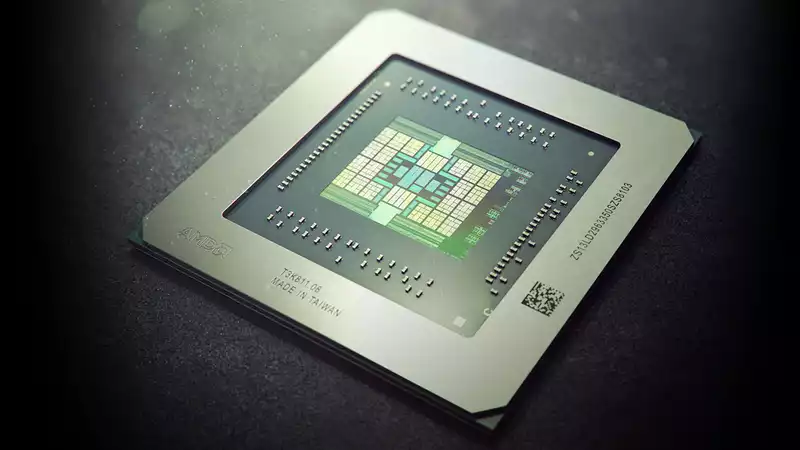A recent video by Martin Fuller at DirectX Developer Day goes very in-depth into how mesh shaders can improve the overall GPU rendering pipeline. The video is technical for developers and not for us gamers, but it is well worth checking out as it contains some interesting facts about AMD's RDNA 2, the graphics heart of the Xbox Series X.
First, a little background: one of the biggest advantages of moving the traditional pipeline to mesh shaders is the ability to cull unseen vertices faster. That is, if you know that an object or part of an object is unseen, you do not have to spend significant resources manipulating and shading that object. On the other hand, in the current pipeline, culling is essentially done at the very end.
You may not think this makes much difference, but at 24:50 in the video above (via Sweclockers) you can see a wonderfully detailed dragon half hidden by a wall. The mesh shading means that the triangles obscured by the wall are culled more quickly, and the render time is reduced from 102 microseconds with traditional rendering to 53 microseconds with mesh shading and lots of culling. That's a significant improvement. It is thanks to mesh shading.
Interestingly, Martin Fuller uses a PC for comparison with the Xbox Series X. This PC has a 1440p screen. Since this PC is connected to a 1440p screen, whereas the Xbox Series X is connected to a 4K display, a simple comparison is not possible. However, the fact that the Nvidia card renders the same scene in 72 microseconds at the lower resolution, dropping to 32 microseconds with the best culling algorithm, shows that the Xbox Series X has comparable power with respect to mesh shaders.
Before we get too carried away, Mesh Shader is currently not used much and Nvidia has yet to optimize its path, whereas this is clearly a key technology for the new Xbox and a lot of work has been done to get the most out of its hardware It is worth noting that much work is being done, as the Xbox Series X uses 256 SIMD waves, while the GeForce RTX 2080 Ti uses only 32 SIMD waves. Still, when RDNA 2 is released on PCs later this year, it will finally be able to put up a decent fight.


Comments